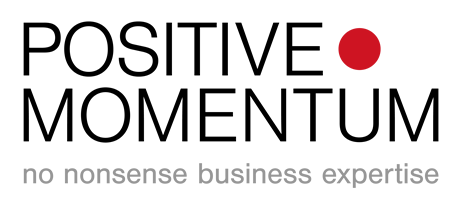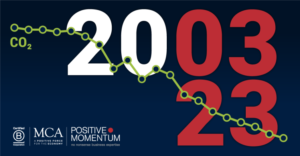How to use recovery as an opportunity to test, learn, innovate – and win?
Amid talk of a second wave (or ‘one big wave’) and rolling lockdowns, businesses continue to operate in a landscape of uncertainty. The initial crisis might have passed, but the road to recovery looks and feels far from smooth.
Will you take a back seat, or will you put your foot on the accelerator?
Businesses typically react in one of two ways in a recovery situation. They either make small, reactive changes and hope for things to settle down. Or they seize the opportunity to test, learn and transform.
Which category do you fall into? As the leader of a team or business, are you hoping to keep on selling to your existing customers using tested comfort zone methods? Or are you forensically examining how you can carve out a bold new route to success? When you look back on this time 12 months from now, will you be reaping the rewards of transformed performance, or will you be wishing you’d been more action-driven?
Purpose-build your business for whatever the future holds.
Forget the new normal. For at least for the short- to medium-term, there is no normal. Such uncharted territory can feel like a minefield. But among the very real threats lie pockets of opportunity. Past recessions have shown that the recovery phrase is a pivotal time, a crucible from which companies will emerge either fighting fit, or battling with regrets and a less than healthy performance.
Good decisions made in this critical phase will give rise to outcomes that propel your business into the ranks of true winners. Arriving at these decisions and then putting them into action takes time and energy. But it’s a time and energy investment that could pay real dividends in the long-term. The 20% of companies who choose this road typically outgrow the 80% who don’t by nearly four times.
Rather than go back to the perceived safety of the past, winners drive forward towards a different future: a future for which they consciously become purpose-built. They do this by re-evaluating what customers want and how to provide it, by cutting costs, and by making operational changes that will set them apart.
What does it take to recover to better?
Let’s consider these three areas of focus: scenario planning, cost optimisation and operational transformation.
Scenario planning: get creative, be collaborative, think abundance
Scenario planning will help you better prepare for whatever the future might throw at your business. Do it collaboratively, with an abundance mindset, and you’ll radically build confidence and morale in your teams.
Look ahead to where you want to be and think back from there. Ask a good selection of people at different levels across your business for their views and ideas. Consider the likely developments in your business, your industry and the wider world. Think about how your customers have been impacted and what they want. How will you adapt your offer to meet their changed needs?
At the same time, look at where you are now – what you’ve learned from the crisis and what your immediate priorities are. What are you doing differently that you want to keep doing? What have you stopped doing that you don’t want to bring back?
Cost Cutting : take a deep dive into the numbers and make decisions.
Jump-starting momentum may well come with increased short – term costs ahead of new revenues. Be ready to test your working capital headroom.
To successfully get through this lean period and build resilience for what’s next, you will need to take a clinical look at all your cost saving options. This means considering each part of the business in depth to see where savings can be made and where you might move from fixed to variable costs.
You’ll need to truly understand the fundamentals of your margins and make sure everyone else in the company does too. The action driven strategy that comes out of your scenario planning will also feed into your cost transformation work, taking account of the trends you’ve identified by looking into the future and working your way back to where you are right now.
Operational Transformation: Rethink how you operate, end to end
The unprecedented nature of the situation we find ourselves in demands an equally extraordinary response. Aiming to get back to normal and making vague, small value changes isn’t going to cut it.
Successful business will evaluate the benefits of alternative approaches and set about increasing resilience at every level of the organisation. Leaders will need to assess how the business can become more agile. What proportion of the workforce could continue working remotely, for example? Where might you reap the benefits of automation?
The leadership team will need to be aligned on the change work to be prioritised, and on mobilising business teams to innovate, fine-tune and roll out new solutions. Now more than ever before, it’s vital there is a clear line of sight from the leadership to the frontline and that the frontline is fully engaged.
Underpin everything with the best communication; clarity and humanity are the watchwords. Test understanding and drive action – momentum is key to motivation, so get out of the planning zone and into action mode at pace.








